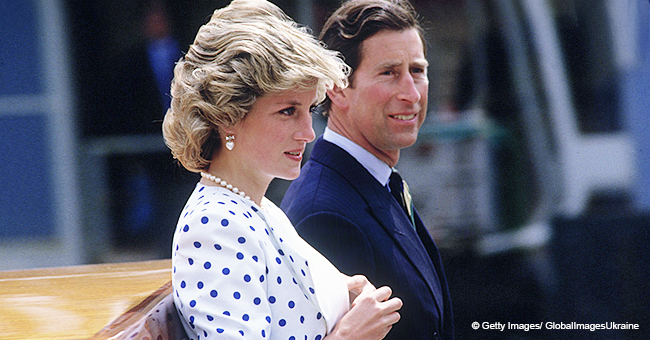
Princess Diana‘s Injury Shouldn’t Have Killed Her, Top Forensic Pathologist Claims
In a new memoir by Dr. Richard Shepherd, the UK’s top forensic pathologist, he revealed how a tiny vein ultimately led to Princess Diana’s death.
In his new book “Unnatural Causes” published earlier this year, Dr. Shepherd wrote about numerous high profile cases he worked on through the years, including Princess Diana’s death that became a hot topic among conspiracy theorists since.
The incident happened on August 31, 1997, when Dodi Fayed and Princess Diana died as a result of a traffic accident in a Paris tunnel close to the Eiffel Tower.
FINDINGS AFTER THE ACCIDENT
A police inquiry led by Sir John Stevens followed in 2004 whereby they enlisted Dr. Shepherd’s expertise in reviewing evidence.
Doctors discovered the source of her bleed, but sadly by then, it was too late.
During the night of the accident, Dodi sat behind his driver, Henri Paul, while Princess Diana sat behind Dodi’s bodyguard, Trevor Rees-Jones.
Trevor put on his seatbelt shortly before the accident for reasons unknown while everyone else in the Mercedes never buckled up. Because of this, the impact caused the big framed Dodi to crash into Henri, who crashed into the steering wheel, they both died on impact.
WHY PRINCESS DIANA SURVIVED THE ACCIDENT
Because Trevor had his belt on, it absorbed some of the force, along with the airbag and in turned lessened the impact on Princess Diana.
Unaware of the full extent of her injuries at the time, paramedics established that Princess Diana sustained some broken bones and a small chest injury. Little did they know that the chest injury caused a tear in a vein of one of her lungs.
While at the scene Princess Diana communicated with emergency personnel and the seriousness of her condition only became apparent in the ambulance while en-route to the hospital.
THE INJURY THAT LED TO PRINCESS DIANA’S DEATH
She gradually lost consciousness followed by a cardiac arrest, but they managed to resuscitate her. Once at the hospital, she went into surgery where doctors discovered the source of her bleed, but sadly by then, it was too late.
According to Dr. Shepherd, Princess Diana’s symptoms were typical of a tear to a vital vein. Because it's anatomically hidden in the center of the chest, it's hard to diagnose since the bleeding is much slower than with high-pressure pumping arteries. Repairing such a vein is even harder.
A rare injury Dr. Shepherd had never come across before or since, and if it wasn’t for the tear in a vein, Diana wouldn’t have died that day. In the end, Dr. Shepherd’s findings concurred with that of the injury; that how Princess Diana and Dodi Fayed died that day was a tragic accident.
HOW THE ACCIDENT HAPPENED
French and British authorities both carried out investigations into the crash and came to the same conclusion, that the driver, Henri Paul caused the accident.
Drunk and on anti-depressants, Henri sped through the tunnel while he tried to shake off paparazzi. He lost control of the Mercedes as they went through the tunnel and smashed into one of the columns.
WHAT THE INQUEST CONCLUDED
During the inquest, a jury at the Royal Courts of Justice in London found Henri Paul guilty of unlawful killing, which is the same as manslaughter in a criminal court. The paparazzi didn’t get by unscathed as the jury also blamed them for the crash because of their “gross negligence.”
After Princess Diana’s death, the UK went into mourning. Even though she and Prince Charles were no longer married, British people still saw her as the “Princess of the people” and felt empathy for the two young princes who would now grow up without their mother.
Her compassionate nature along with her sense of style and groundbreaking humanitarian work made Princess Diana one of the most iconic people of the 21st century.
While one act of kindness ten years before her death would become one of the world’s finest humanitarian moments of all time.
